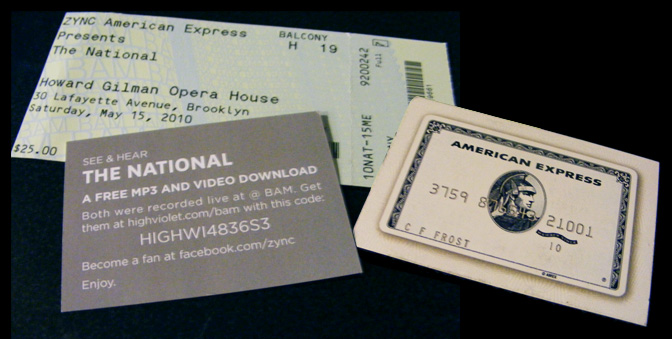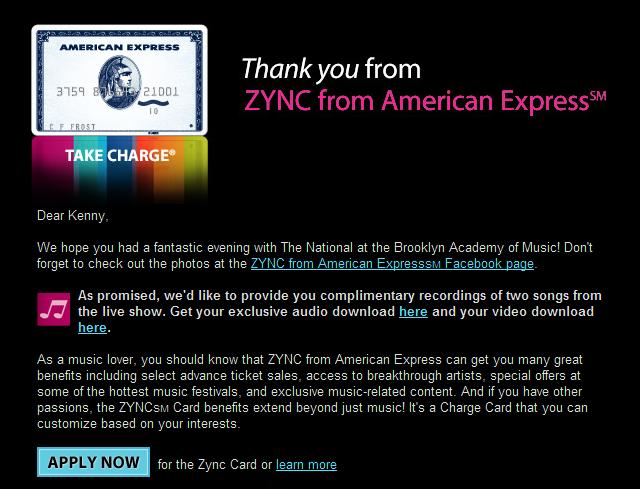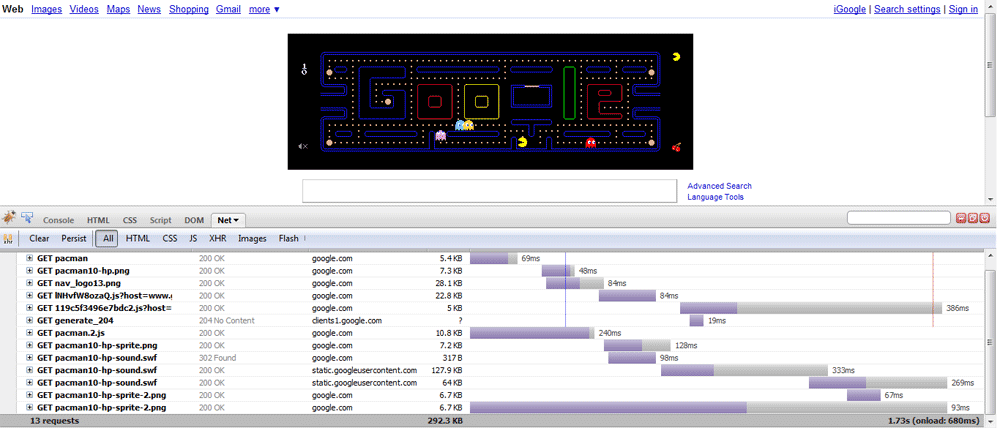Every first year Psychology student has learned about the phenomenon of confirmation bias. In a nutshell, it means that people tend to selectively interpret information in order to reaffirm their preexisting beliefs. For instance, let’s say you believe that microwave popcorn tastes better than movie theater popcorn. Then there’s a good chance that the next time you microwave the perfect bag, you’ll forget all the other times when not all the kernels popped or when it came out a bit burnt. You’ll only retain the memories of when the popping went right and ignore the consistency of the theater’s popping machines.
What does this have to do with branding and social media? Consider Twitter’s trending topics. Millions of Tweeters determine the trends of the day, week, or even month. At the most basic level, these trending topics tell us where the conversation is. In an ideal system, the topics would also be what people value the most or hold the most important. In a way, trending topics are an open system of self-reinforced agenda setting. Agenda setting is a mass communication theory that posits that the media can control what the public believes to be newsworthy simply by reporting about it. Repetition combined with freshness will make people believe that a story or issue is important (this ties in really neatly with the psychological concept of the availability heuristic).
Now think about how this can help or hurt a brand. Let’s use the Tiger Woods Nike Commercial that I last blogged about as an example. If Person A (let’s call him Brandon) just saw the commercial on TV without any context or explanation, where would he find information? A lot of people would go to news sites or social networks. So Brandon types in “Tiger Woods Nike” into the Twitter search box, which returns tons of opinions in real-time (more or less). In turn, Brandon, who hadn’t previously formed an opinion about the commercial, will see that different people find the commercial brilliant, confusing, or downright creepy. It’s possible that these Tweets will help Brandon make up his mind and feelings about the commercial.
But what if the person already had an opinion on a topic but still wanted to see what other people thought? Let’s consider Person B, named Judy. She watched American Idol last night and found her favorite singer Lee to be the best performer. So later on, she clicks onto a TV show review blog and reads blog posts or comments either saying that Lee was awesome or that Lee was terrible. Because Judy already formed an opinion on the matter, she’ll likely disagree with the divergent blog post or comments. Rather than consider both sides of the argument, Judy will knowingly nod her head when she reads thoughts that she agrees with and vehemently shake her head when she wonders how others can have a differing opinion.
For established brands selling products or services, returning customers and loyalists are much more valuable than new one-time purchasers. If Apple had to choose, I’d venture that the marketing team would rather have the person who buys every new generation iPod as a customer than the person who makes the iPad his or her only on-brand purchase (Apple has actually done an amazing job grooming more consumers to fit into the former category).
By extension, when it comes to social media pushes, the brand behind them should be looking to target both the Brandon’s and the Judy’s. Provide a jump-off for the social conversation and let people discuss freely. Companies have to accept that they cannot control the conversation anymore. Agenda setting is now crowdsourced by anybody who wants to get involved. Social media should not be an exercise in damage control, but rather, a chance to gain real-time feedback on whether or not a campaign was well done.
Therefore, if brands reward and reinforce the positive feelings that people like Judy have about them, that’s already more than half the battle. I’m not saying that the potential Brandon’s should be ignored, but brands shouldn’t have tunnel-vision and take the loyalists for granted. Treat them well, and their words will do a lot of the brand building legwork for you.






